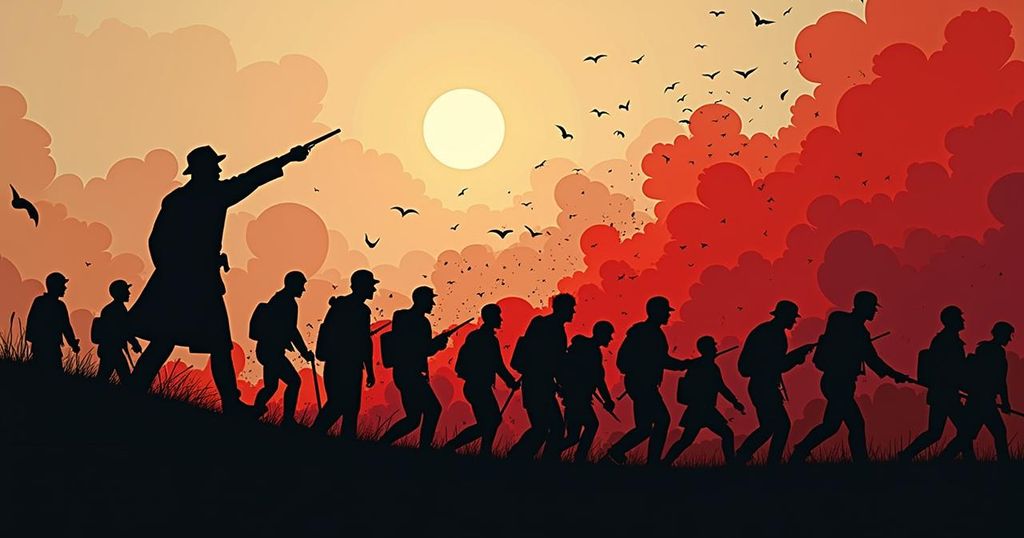The Hungarian Revolution of 1956: An Uprising Against Soviet Control

The Hungarian Revolution of 1956 was an uprising against Soviet control characterized by initial reform efforts led by Imre Nagy. The revolt gained widespread support but was ultimately suppressed by a Soviet military invasion, resulting in significant casualties and a mass exodus of people seeking refuge. Despite the momentary aspirations for freedom, the revolution ended tragically, leading to repression and political purges.
Hungary’s Revolution of 1956 marked a pivotal moment in the nation’s struggle against Soviet control. Initially dominated by Mátyás Rákosi, who presided over the government as an authoritarian figure until 1953, political turbulence ensued following Stalin’s death. Rákosi was replaced by Imre Nagy, who introduced liberal reforms aimed at alleviating the harsh conditions imposed by the regime. These reforms included ceasing forced collectivization, discontinuing heavy industry development, and granting freedom to political prisoners. However, Rákosi’s influence resurfaced, and Nagy was ultimately dismissed.
The background of this topic illustrates Hungary’s complex political landscape post-World War II and during the early Cold War era. The aftermath of the war left Hungary under Soviet influence, leading to the establishment of a communist government. This period saw growing discontent among the populace, particularly due to economic hardships and the imposition of strict government policies. The eventual rise of Imre Nagy provided a glimmer of hope for reform, which resonated deeply with the Hungarian people.
While the revolution initially gained momentum and appeared to challenge Soviet hegemony, it was swiftly quashed by the military intervention of Soviet forces, resulting in significant casualties and political repression. The aftermath of the revolution saw a substantial exodus of Hungary’s educated youth and a wave of political purges, deeply affecting the social fabric of the nation. Ultimately, the 1956 Revolution remains a stark reminder of the struggle for autonomy and the harsh realities of Cold War politics.
Original Source: www.britannica.com








